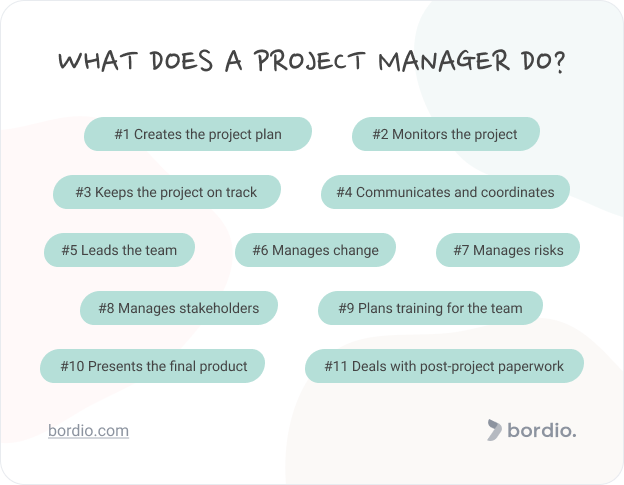The most important thing for a project manager is effective communication. Clear communication ensures project success.
Effective project management starts with clear communication. A project manager must share goals, deadlines, and expectations. This helps keep the team on the same page. Regular updates prevent misunderstandings and delays. Good communication builds trust within the team. It also ensures everyone knows their role.
When issues arise, clear communication helps resolve them quickly. This keeps the project on track. A project manager should also listen to their team. This helps identify potential problems early. Strong communication skills are essential for successful project management.

Credit: www.linkedin.com
Effective Communication
Effective communication is crucial for project managers. It ensures team members understand their roles. It helps in achieving project goals efficiently. Let’s explore some key aspects of effective communication.
Clear Instructions
Project managers must provide clear instructions to their team. This avoids confusion and errors. Use simple language and avoid jargon. Break down tasks into smaller, manageable steps. Provide detailed descriptions and expected outcomes.
Include deadlines and priorities. This helps the team understand what to do first. Use bullet points or numbered lists to organize information. Here’s an example:
- Task 1: Complete market research (Deadline: Friday)
- Task 2: Compile data into a report (Deadline: Monday)
- Task 3: Present findings to the team (Deadline: Wednesday)
Active Listening
Active listening is equally important. It shows respect and builds trust. Pay full attention when team members speak. Avoid interrupting and let them finish. Ask clarifying questions if needed.
Provide feedback to ensure understanding. This can be a simple nod or a verbal acknowledgment. Summarize what was said to confirm. For example:
- “So, you need more time for the report?”
- “You suggest we change the project timeline?”
Encourage team members to share ideas and concerns. This makes them feel valued and improves collaboration.

Credit: www.linkedin.com
Time Management
Time management is crucial for every project manager. It ensures projects stay on track and meet deadlines. Proper time management reduces stress and enhances productivity. The ability to manage time well can make or break a project.
Prioritizing Tasks
Effective time management starts with prioritizing tasks. Identify what needs immediate attention. Use tools like to-do lists and Kanban boards for task management. Focus on high-impact tasks first. Delegate less critical tasks to team members. This approach saves time and resources.
| Task | Priority |
|---|---|
| Client Meeting | High |
| Email Responses | Medium |
| Documentation | Low |
Meeting Deadlines
Meeting deadlines is vital for project success. Set realistic deadlines for each task. Break down larger tasks into smaller, manageable parts. This helps in tracking progress efficiently. Use project management tools like Trello or Asana to monitor deadlines.
- Set clear objectives.
- Break tasks into smaller chunks.
- Monitor progress regularly.
- Adjust plans as needed.
Communicate deadlines clearly to your team. Ensure everyone knows their responsibilities. Regular updates and feedback help in staying on track. This ensures the project completes on time.
Risk Management
Risk Management is a crucial aspect of project management. A project manager must handle uncertainties to ensure the project’s success. Effective risk management involves identifying potential risks, evaluating their impact, and developing strategies to mitigate them.
Identifying Risks
The first step in risk management is identifying risks. A project manager must anticipate potential problems that could arise during the project. This can be done through:
- Brainstorming sessions with the team
- Reviewing past projects for similar risks
- Consulting with industry experts
- Conducting a SWOT analysis (Strengths, Weaknesses, Opportunities, Threats)
By identifying risks early, the project manager can develop plans to address them.
Mitigating Strategies
Once risks are identified, the next step is to develop mitigating strategies. These strategies help reduce the impact of risks on the project. Some common mitigating strategies include:
- Risk avoidance: Changing the project plan to eliminate the risk.
- Risk reduction: Taking steps to reduce the likelihood or impact of the risk.
- Risk transfer: Shifting the risk to a third party, such as through insurance.
- Risk acceptance: Acknowledging the risk and preparing to deal with its consequences.
Each strategy should be tailored to the specific risks identified. By implementing these strategies, the project manager can safeguard the project from potential setbacks.
| Risk Mitigation Strategy | Description |
|---|---|
| Risk Avoidance | Change plans to eliminate risk. |
| Risk Reduction | Reduce the likelihood or impact. |
| Risk Transfer | Shift risk to a third party. |
| Risk Acceptance | Acknowledge and prepare for risk. |
By prioritizing risk management, project managers can navigate uncertainties and lead their projects to success.

Credit: bordio.com
Team Leadership
The role of a project manager is multifaceted, but team leadership stands out as a pivotal component. Effective team leadership ensures that the project runs smoothly, deadlines are met, and the team remains motivated. Let’s delve into two critical aspects of team leadership: motivating team members and conflict resolution.
Motivating Team Members
Keeping the team motivated is crucial for project success. A motivated team works more efficiently and stays committed to project goals. Below are some strategies to keep your team inspired:
- Recognize achievements: Celebrate small wins and acknowledge hard work.
- Provide clear goals: Ensure everyone understands their roles and objectives.
- Offer support: Be available to help and provide necessary resources.
- Encourage growth: Provide opportunities for professional development.
Conflict Resolution
Conflicts are inevitable in any team setting. Effective conflict resolution is essential for maintaining harmony and productivity. Here are some steps to manage conflicts:
- Identify the issue: Understand the root cause of the conflict.
- Communicate openly: Encourage open dialogue between conflicting parties.
- Find common ground: Look for mutually agreeable solutions.
- Set clear guidelines: Establish rules for acceptable behavior and conflict resolution.
Effective team leadership, through motivating team members and resolving conflicts, is essential for a project’s success. By focusing on these aspects, a project manager can ensure a harmonious and productive team environment.
Stakeholder Engagement
Stakeholder engagement is crucial for any project’s success. It involves collaborating with everyone who has an interest in the project. This includes clients, team members, suppliers, and more. Ensuring everyone is on the same page helps avoid misunderstandings and delays.
Building Relationships
Building strong relationships with stakeholders is essential. Trust and communication lay the foundation for a successful project.
- Communicate regularly
- Understand their needs
- Be transparent
Regular updates keep stakeholders informed. Knowing their needs helps tailor the project to meet expectations. Transparency builds trust and confidence.
Managing Expectations
Managing expectations is another key aspect. Clear communication ensures everyone knows what to expect.
- Set realistic goals
- Define roles and responsibilities
- Provide regular progress updates
Realistic goals prevent disappointment. Clear roles avoid confusion. Regular updates keep everyone aligned.
| Task | Frequency |
|---|---|
| Stakeholder Meetings | Weekly |
| Progress Reports | Bi-weekly |
| Feedback Sessions | Monthly |
Regular stakeholder meetings, progress reports, and feedback sessions are vital. They ensure everyone stays informed and engaged throughout the project.
Resource Allocation
Resource Allocation is a crucial responsibility for a project manager. It’s the process of assigning and managing assets in a way that supports the project goals. Effective resource allocation ensures the project is completed on time and within budget. The following sections will delve into specific aspects of resource allocation, including budget management and efficient resource use.
Budget Management
Budget management involves careful planning of the project’s financial resources. A project manager must create a detailed budget plan. This plan should cover all project expenses. Tracking these expenses is essential. It helps in avoiding overspending. A well-managed budget ensures the project stays on track financially.
| Expense Category | Budgeted Amount | Actual Spend |
|---|---|---|
| Labor Costs | $50,000 | $45,000 |
| Materials | $30,000 | $32,000 |
| Equipment | $20,000 | $18,000 |
Efficient Resource Use
Efficient resource use is about maximizing the value of each resource. This includes human resources, materials, and equipment. The project manager must ensure resources are used wisely. Avoid wastage and ensure all resources contribute to the project goals.
- Allocate tasks based on team members’ strengths.
- Monitor resource usage regularly.
- Adjust allocations as needed for efficiency.
Effective resource allocation directly impacts the project’s success. Proper budget management and efficient resource use are vital aspects of this process. A project manager who excels in these areas can lead their team to achieve great results.
Quality Control
Quality control is crucial for project managers. It ensures the project’s success and client satisfaction. Without proper quality control, projects can fail. This results in wasted resources and time. Here, we will discuss key aspects of quality control.
Setting Standards
Setting standards is the first step in quality control. Standards define the project’s quality criteria. They set clear expectations for the team. This helps maintain consistency and performance. Standards should be measurable and achievable.
Standards can include:
- Performance benchmarks
- Compliance with regulations
- Specific client requirements
- Safety protocols
- Environmental considerations
Setting standards early prevents future issues. It ensures everyone understands the project’s quality goals.
Quality Assurance
Quality assurance focuses on processes and procedures. It ensures the project meets the set standards. This involves regular checks and evaluations. Quality assurance is proactive, preventing problems before they occur.
Key quality assurance activities include:
- Regular team meetings
- Process audits
- Training sessions
- Performance reviews
- Client feedback
Quality assurance helps maintain high standards throughout the project. It ensures continuous improvement and client satisfaction.
Project Planning
Project planning is the foundation of successful project management. Without a solid plan, projects can easily go off track. In project planning, the most important tasks include defining objectives and creating roadmaps.
Defining Objectives
Defining clear objectives is crucial for any project. Objectives guide the team and provide direction. They must be specific, measurable, achievable, relevant, and time-bound (SMART).
- Specific: Clear and detailed objectives help in understanding the goal.
- Measurable: Objectives should have criteria for measuring progress.
- Achievable: Set realistic goals that the team can accomplish.
- Relevant: Objectives must align with the project’s overall purpose.
- Time-bound: Set deadlines for achieving each objective.
Creating Roadmaps
Creating roadmaps helps in visualizing the project’s path. A roadmap outlines the steps needed to achieve objectives. It includes key milestones and deadlines.
| Milestone | Description | Deadline |
|---|---|---|
| Project Kickoff | Initial meeting to start the project | Week 1 |
| First Review | Check the progress and make adjustments | Week 4 |
| Final Submission | Complete the project and submit | Week 12 |
Roadmaps keep the team on track and ensure timely delivery. They provide a clear overview of the project’s progress. This helps in identifying any potential delays early.
Frequently Asked Questions
What Is The Primary Role Of A Project Manager?
A project manager’s primary role is to ensure project success. They plan, execute, and close projects, ensuring timely delivery.
How Can A Project Manager Ensure Project Success?
A project manager ensures success by effective planning, team management, and communication. They also mitigate risks and handle stakeholder expectations.
What Skills Are Essential For A Project Manager?
Essential skills include leadership, communication, time management, and problem-solving. Technical knowledge and adaptability are also crucial for project managers.
How Does A Project Manager Handle Risks?
Project managers handle risks by identifying potential issues early. They develop mitigation strategies and monitor progress to address risks promptly.
Conclusion
A project manager’s key task is clear communication. Clear goals help teams stay focused. Consistent updates keep everyone on track. Addressing issues quickly avoids delays. Effective communication ensures project success. Remember, good communication is the backbone of a project.






